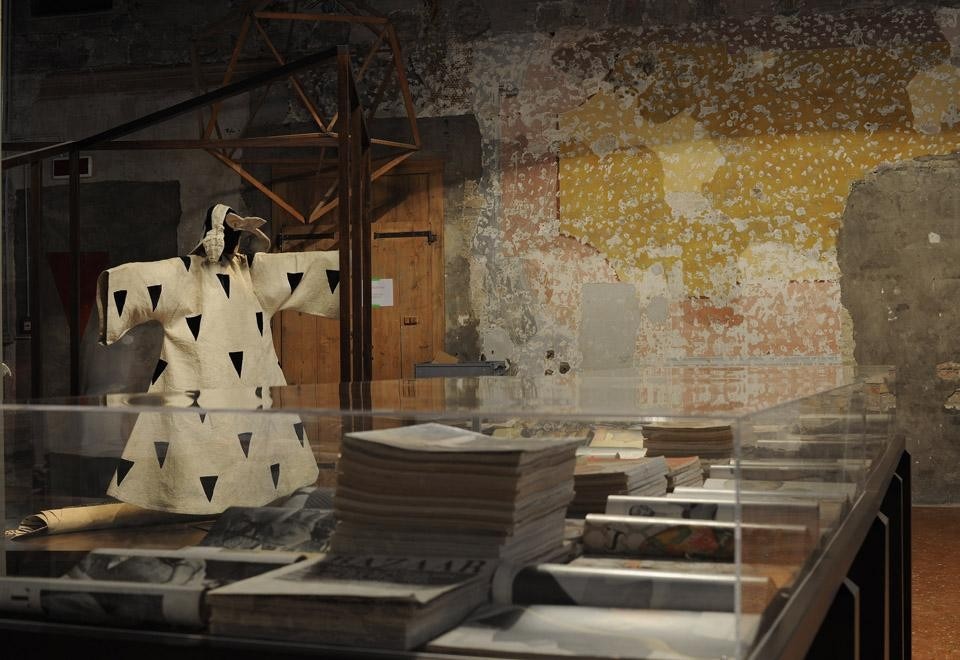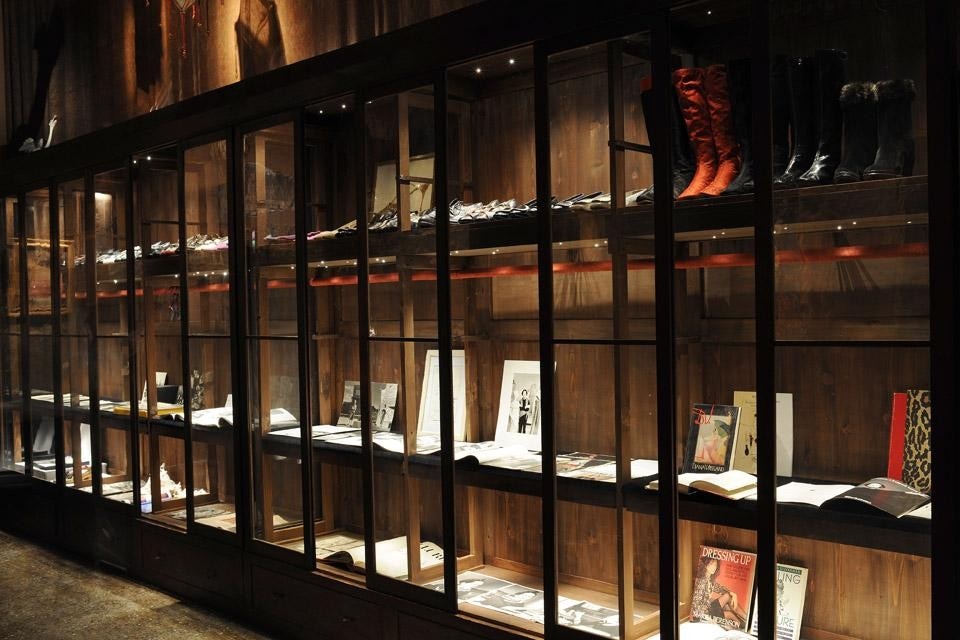This moniker is not one that she gained undeservedly, considering her twenty five years at Harper's, followed by eight at the helm of Vogue, were then succeeded by her appointment as "Special Consultant for the Costume Institute" at New York's Metropolitan Museum. Amongst the articles on display at the exhibition, curated by Judith Clark and Marina Luisa Frisa, will be iconic pieces from Balenciaga, Yves Saint Laurent, Chanel, Missoni and Pucci amongst others which helped to shape 20th Century Fashion.
The exhibition will run through 26 June at Palazzo Fortuny in Venice. On the occasion of the show's opening on 10 March, Venice's University of Visual Arts (IUAV) organizes A disciplina della moda fra museo e fashion curating, a symposium organized with the London College of Fashion (University of the Arts London) and in collaboration with the Centre for Fashion Studies (Stockholm University).
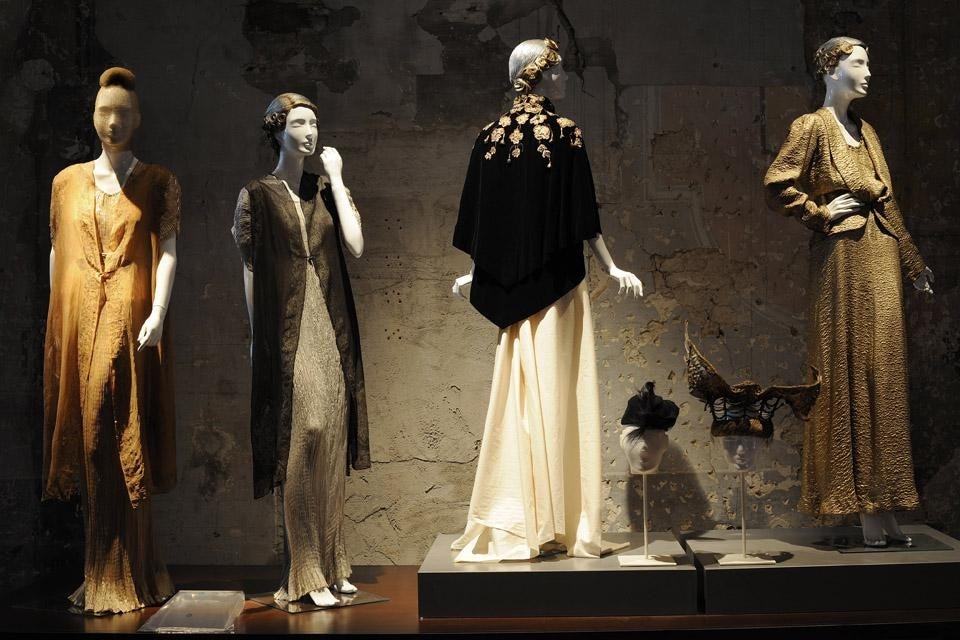
Judith Clark
The question raised when curating an exhibition of the work (and life) of Diana Vreeland, and more importantly when designing it, is where to put the ideas, or rather what kind of interpretation suits her work. I have long been a defender of Diana Vreeland, working within the world, not of fashion magazines, but of the museum, and my position has been mainly a sort of stubborn reaction to British dress historians whose criticism of Vreeland is often joyless. My interest begins at the end of her life when she was Special Consultant within the Costume Institute and so with what is now considered her curatorial work. In brief, her attitude to dramatically styled fashion that created iconic double page spreads for Harpers and Vogue was criticized as anachronistic frivolity when applied to historic costume within a museum setting by dress historians who believed this corrupted the ability for dresses to clearly and accurately represent the age in which they had been created [1].
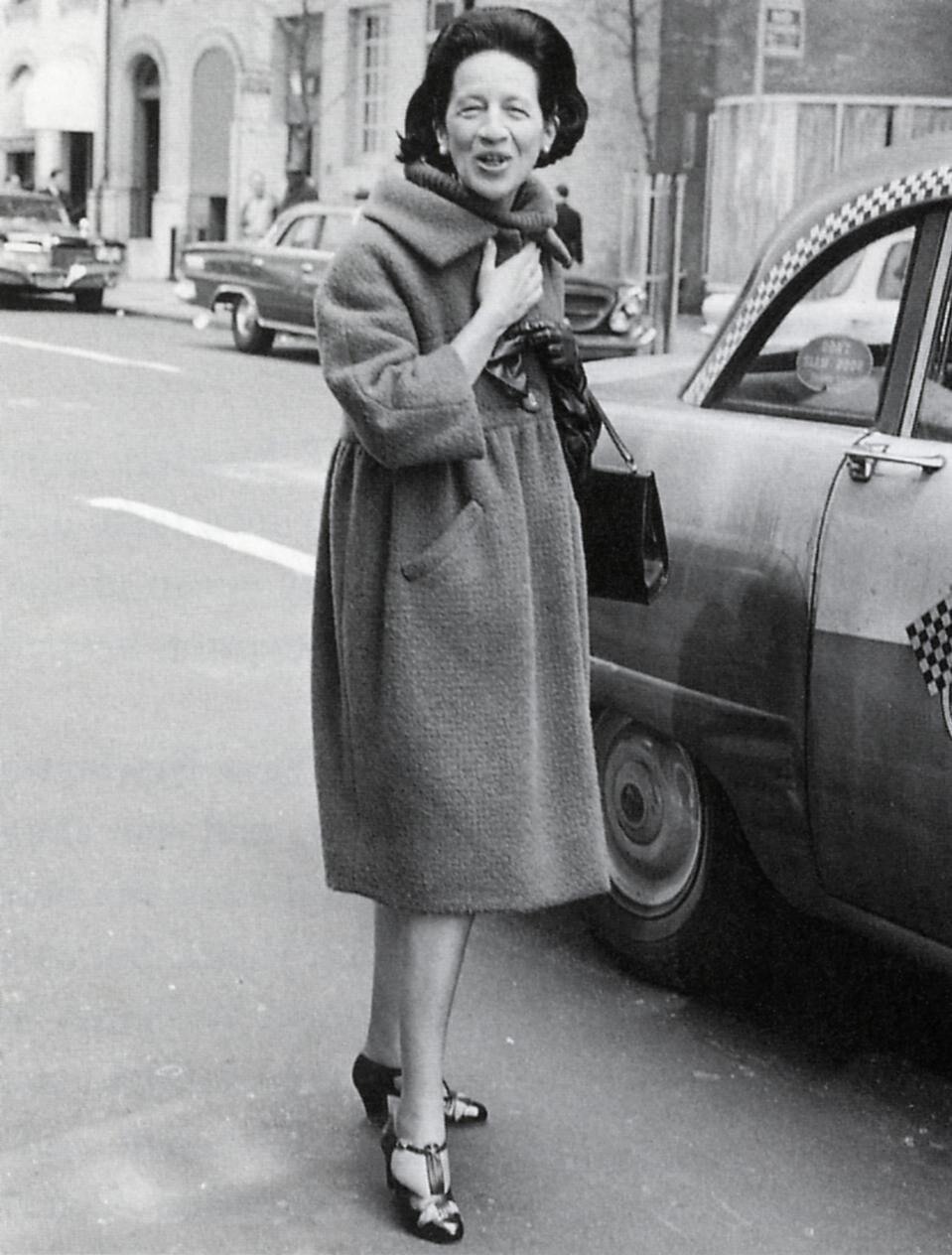
Diana Vreeland After Diana Vreeland wants to imitate Vreeland, to work in the manner of, as though mimicking a school of art, and to see what we might make of her now — now that so much of her curatorial idiom is seen in museums everywhere. It has been difficult to make anything in fact look very different or new within this exhibition such has been the pervasive use of her distinctive style within museum displays world-wide.
This exhibition wants to imitate Vreeland, to work in the manner of, as though mimicking a school of art, and to see what we might make of her now — now that so much of her curatorial idiom is seen in museums everywhere
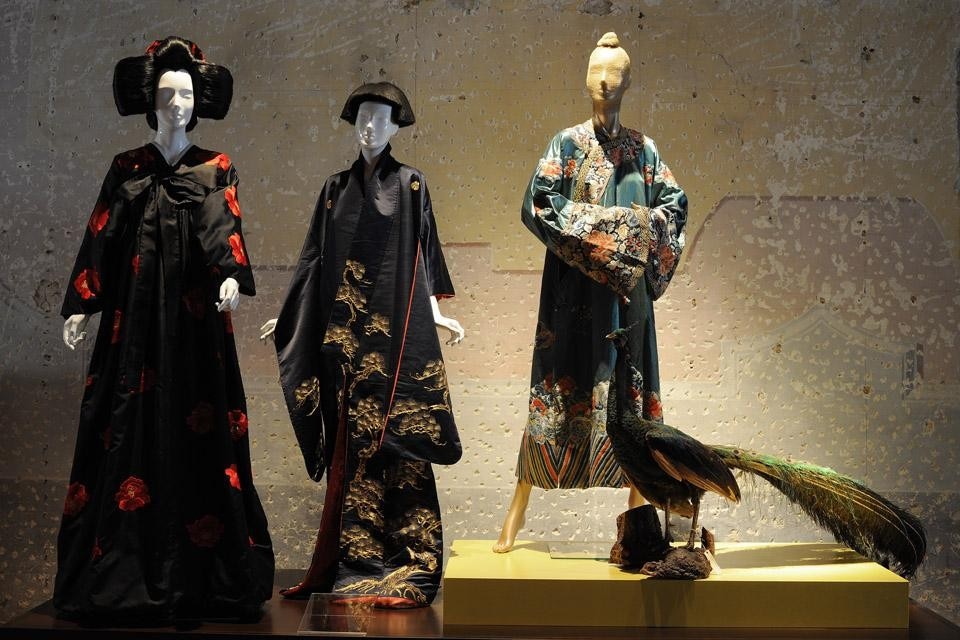
Representing her — commissioning wigs, plinths, mannequins and props, wanting to try to get her "look" right — takes us back to square one. Curatorial theory is now too established, too academic for us to act unintentionally, and the question might now be, how intentionally was she acting? How much precision was there in her creative delirium?
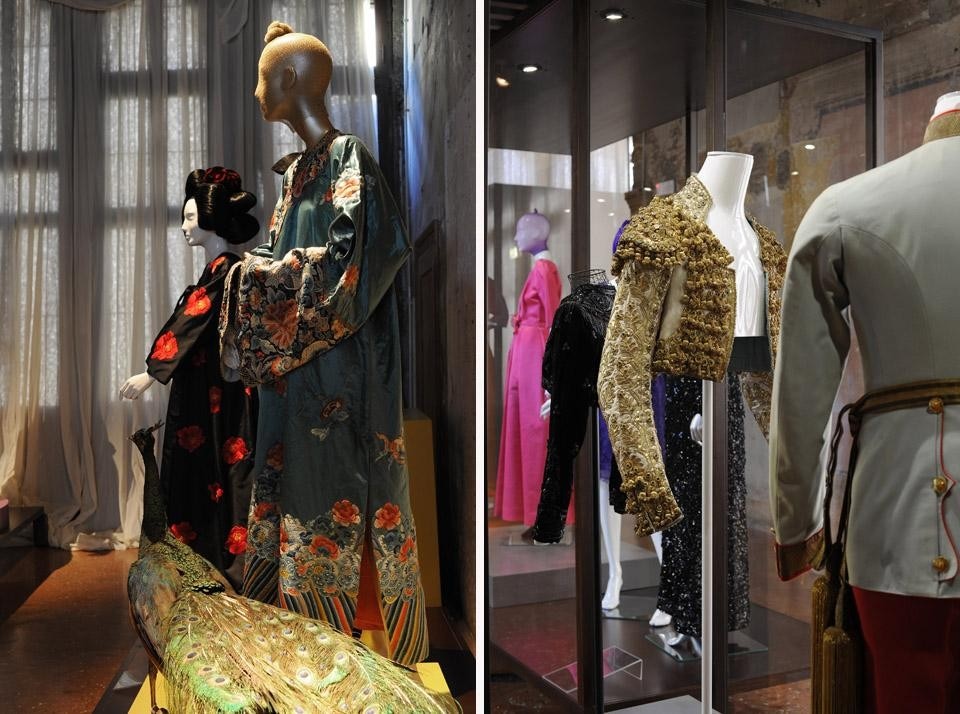
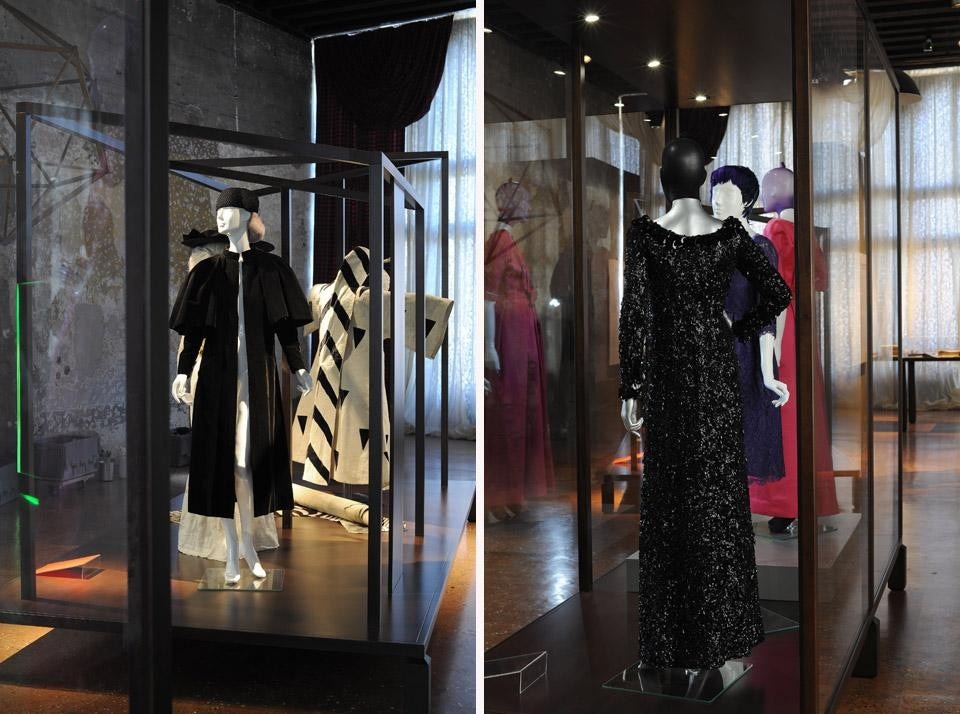
[1.] I have written about those years in an essay entitled Re-styling History: Diana Vreeland at the Costume Institute pp.225-244 in "Diana Vreeland: The Eye has to Travel", Abrams 2011, associated with this project commissioned and edited by Lisa Immordino Vreeland.
